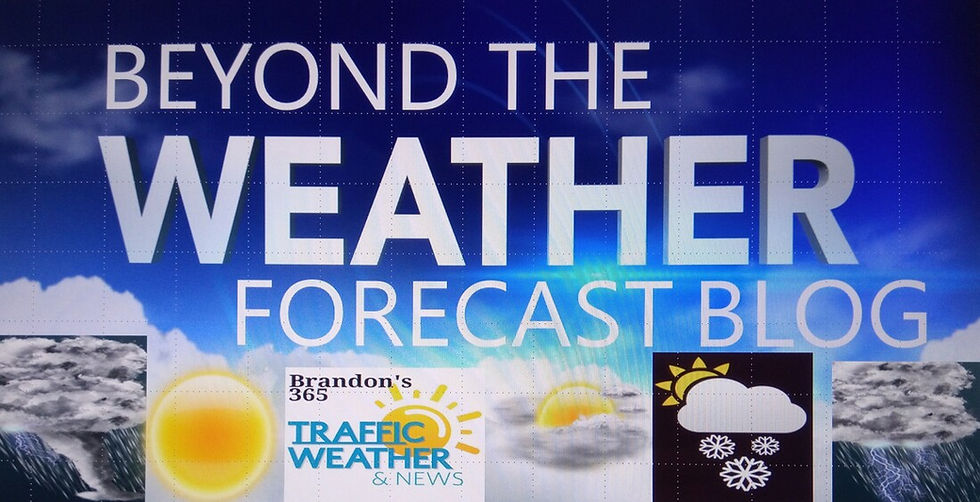Beyond The Forecast: How clouds can impact the high temperature and morning low temperature
- Brandon Shipp

- Jan 24, 2021
- 1 min read

Without cloud cover, we can warm significantly allowing the daytime temperature to rise. With thicker cloud cover, it can act as a blanket/shield from that solar heat and limit the temperature rise. You can also get artic colder air during the day even with full sun and that can also keep us colder. Without clouds, the previous day’s heating is allowed to escape into space at night which allows the surface to cool faster. This is called radiational cooling. Thick cloud cover can keep that warmth from escaping clouds can act like a blanket. Quite often that warmth radiates from the earth and bounces back to the surface. Clouds can also cause big temperature differences for example, in North Georgia if the clouds have cleared out and the skies are clear temperatures can drop more at night and during the mornings especially in the Fall and Winter but if areas south of I-20 down into central Georgia have clouds then they act like a blanket and prevent the temperature from dropping as much. Clouds and no clouds can make a big difference in temperatures both in the afternoons and at night as well as in the mornings. If skies are clear and there is a calm wind temperatures are likely to drop much more. In Georgia temperatures are often in the 30's in the Winter during the mornings with a clear sky and calm wind but when there are clouds temperatures typically stay in the 40's and 50's. In the afternoon clouds can often keep temperatures from rising as much especially in the Fall and Winter.





Comments